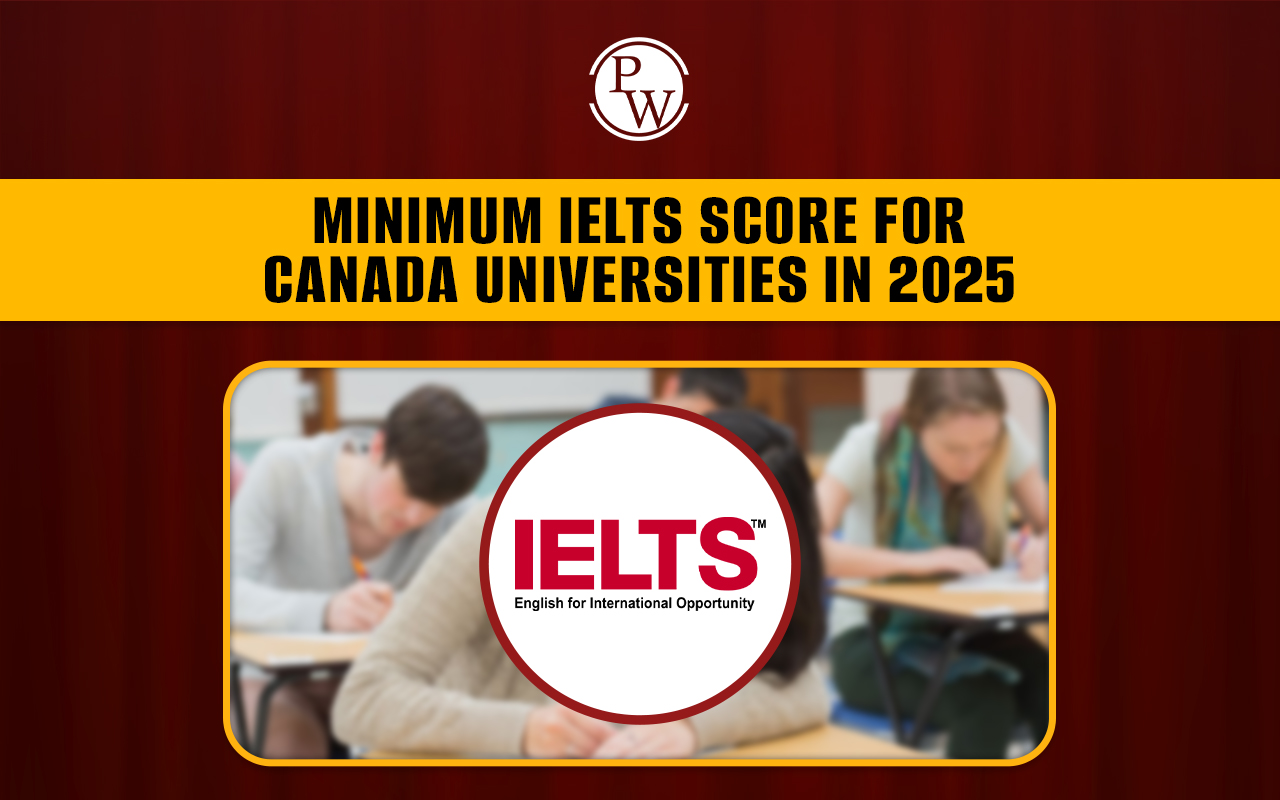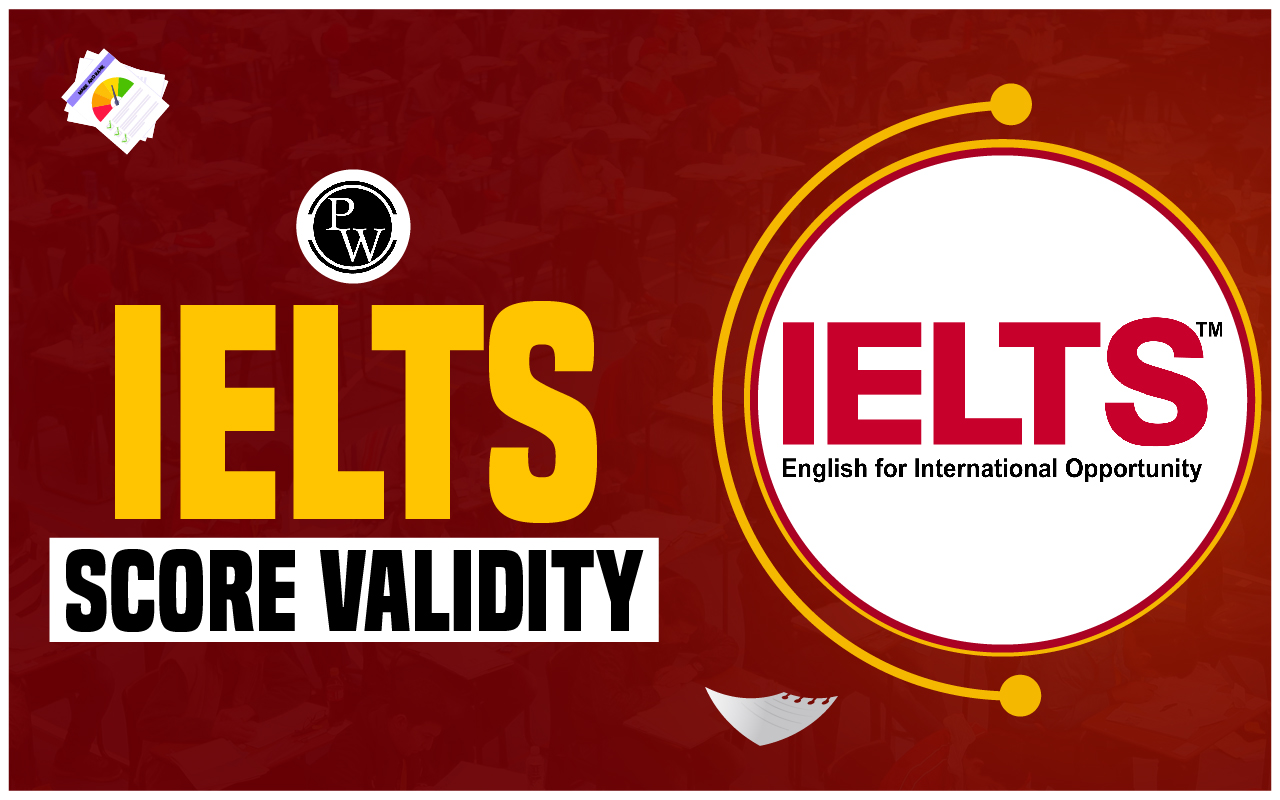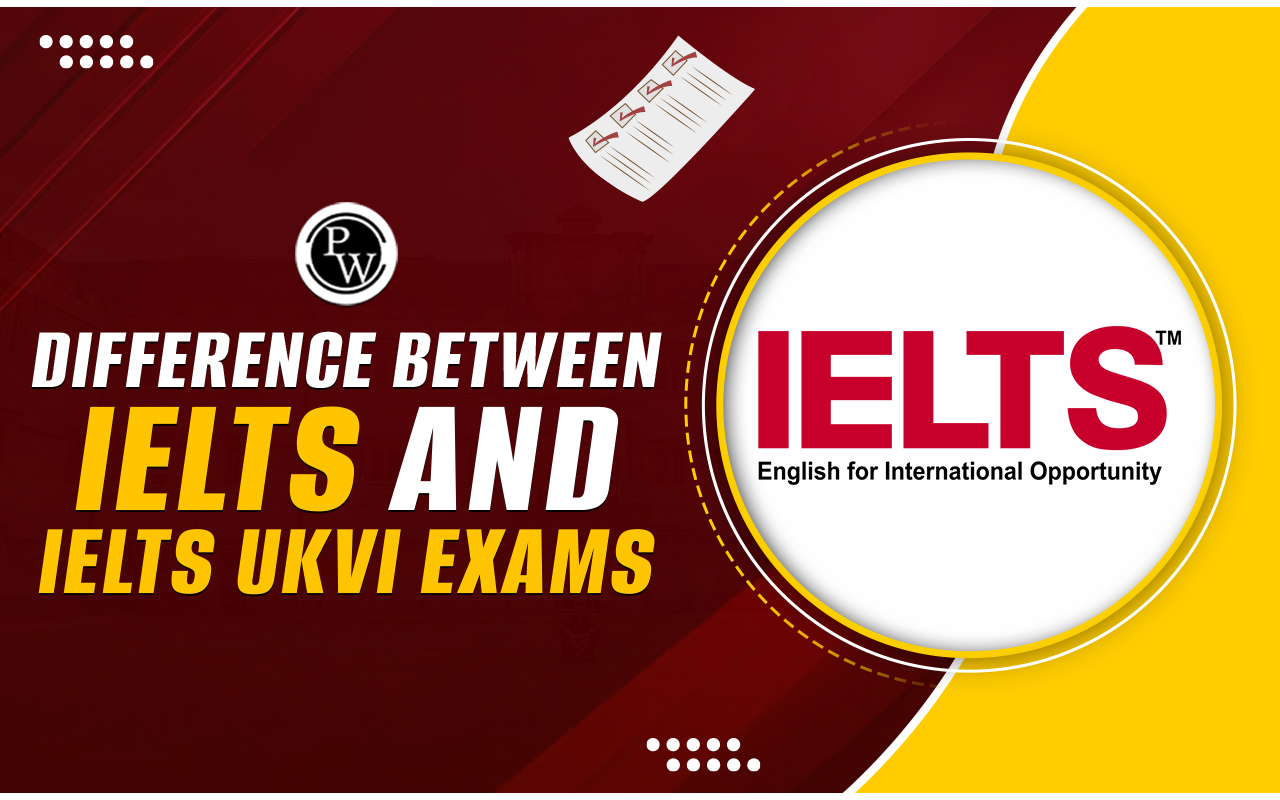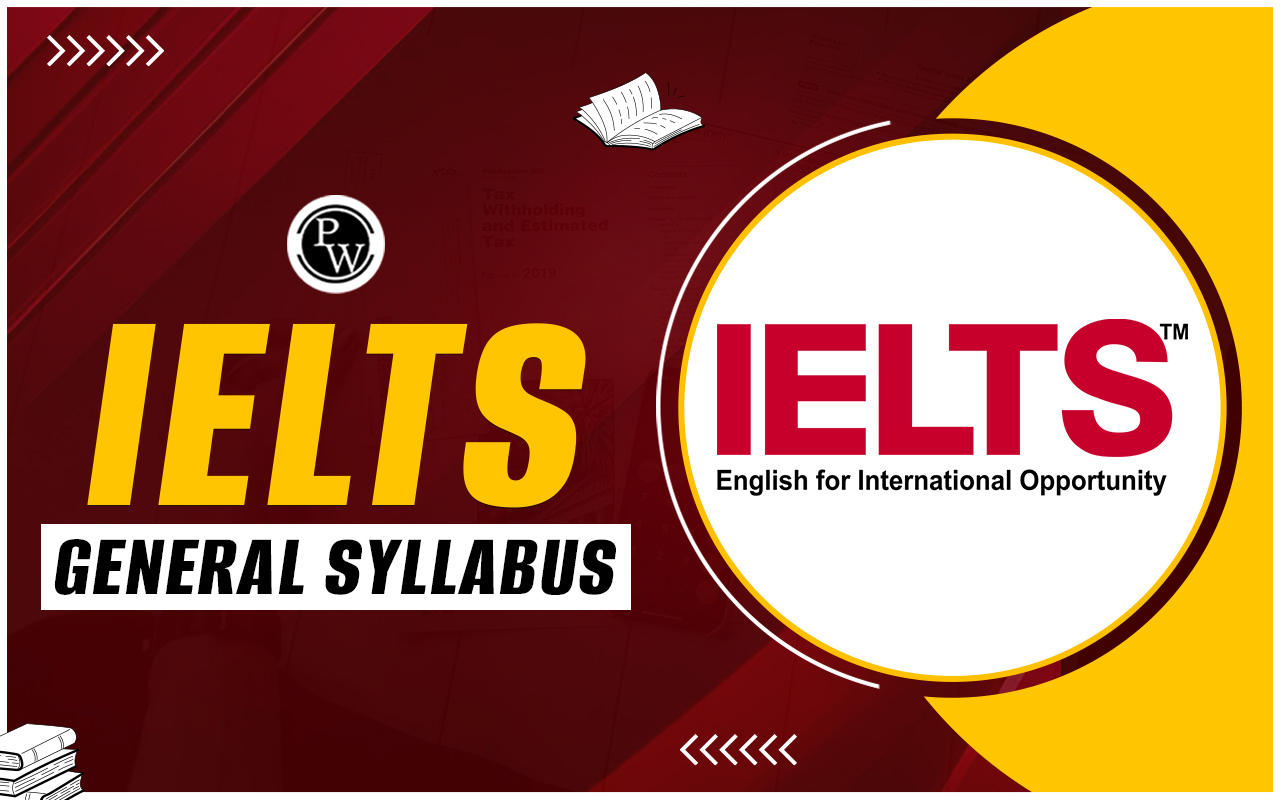

Neuroaesthetics Reading Answers: The passage explores how science helps us understand the way our brain perceives and responds to art. It discusses studies on famous paintings, abstract art, and how certain visual elements affect our emotions and thinking. Researchers have examined why some artworks feel more appealing and how our brains process colors, shapes, and movement in paintings.
This guide includes a detailed passage along with answers to help IELTS candidates improve their reading skills to achieve a high IELTS Reading band score. The question types in this passage include True/False/Not Given and Summary Completion, which help test-takers practice finding key details and understanding complex ideas. Working through these questions will enhance reading comprehension and boost exam preparation.
Neuroaesthetics Reading Answers Passage
You should spend about 20 minutes on Questions 1-13, which are based on the reading passage 3 below.
Neuroaesthetics
-
An emerging discipline called neuroaesthetics is seeking to bring scientific objectivity to the study of art, and has already given us a better understanding of many masterpieces. The blurred imagery of Impressionist paintings seems to stimulate the brain's amygdala, for instance. Since the amygdala plays a crucial role in our feelings, that finding might explain why many people find these pieces so moving. The discipline of neuroaesthetics aims to bring scientific objectivity to the study of art. Neurological studies of the brain, for example, demonstrate the impact which Impressionist paintings have on our emotions.
-
Could the same approach also shed light on abstract twentieth-century pieces, from Mondrian's geometrical blocks of colour, to Pollock's seemingly haphazard arrangements of splashed paint on canvas? Sceptics believe that people claim to like such works simply because they are famous. We certainly do have an inclination to follow the crowd. When asked to make simple perceptual decisions such as matching a shape to its rotated image, for example, people often choose a definitively wrong answer if they see others doing the same. It is easy to imagine that this mentality would have even more impact on a fuzzy concept like art appreciation, where there is no right or wrong answer.
-
Angelina Hawley-Dolan, of Boston College, Massachusetts, responded to this debate by asking volunteers to view pairs of paintings - either the creations of famous abstract artists or the doodles of infants, chimps and elephants. They then had to judge which they preferred. A third of the paintings were given no captions, while many were labelled incorrectly -volunteers might think they were viewing a chimp's messy brushstrokes when they were actually seeing an acclaimed masterpiece. In each set of trials, volunteers generally preferred the work of renowned artists, even when they believed it was by an animal or a child. It seems that the viewer can sense the artist's vision in paintings, even if they can't explain why.
-
Robert Pepperell, an artist based at Cardiff University, creates ambiguous works that are neither entirely abstract nor clearly representational. In one study, Pepperell and his collaborators asked volunteers to decide how powerful they considered an artwork to be, and whether they saw anything familiar in the piece. The longer they took to answer these questions, the more highly they rated the piece under scrutiny, and the greater their neural activity. It would seem that the brain sees these images as puzzles, and the harder it is to decipher the meaning, the more rewarding is the moment of recognition.
-
And what about artists such as Mondrian, whose paintings consist exclusively of horizontal and vertical lines encasing blocks of colour? Mondrian's works are deceptively simple, but eye-tracking studies confirm that they are meticulously composed, and that simpiy rotating a piece radically changes the way we view it.
With the originals, volunteers'eyes tended to stay longer on certain places in the image, but with the altered versions they would flit across a piece more rapidly. As a result, the volunteers considered the altered versions less pleasurable when they later rated the work. -
In a similar study, Oshin Vartanian of Toronto University asked volunteers to compare original paintings with ones which he had altered by moving objects around within the frame. He found that almost everyone preferred the original, whether it was a Van Gogh still life or an abstract by Miro. Vartanian also found that changing the composition of the paintings reduced activation in those brain areas linked with meaning and interpretation.
-
In another experiment, Alex Forsythe of the University of Liverpool analysed the visual intricacy of different pieces of art, and her results suggest that many artists use a key level of detail to please the brain. Alex Forsythe of the University of Liverpool believes many artists give their works the precise degree of complexity which most appeals to the viewer’s brain.
-
Too little and the work is boring, but too much results in a kind of 'perceptual overload', according to Forsythe. What's more, appealing pieces both abstract and representational, show signs of 'fractals' - repeated motifs recurring in different scales, fractals are common throughout nature, for example in the shapes of mountain peaks or the branches of trees. She also observes that pleasing works of art often contain certain repeated images which occur frequently in the natural world.
It is possible that our visual system, which evolved in the great outdoors, finds it easier to process such patterns. -
It is also intriguing that the brain appears to process movement when we see a handwritten letter, as if we are replaying the writer's moment of creation. This has led some to wonder whether Pollock's works feel so dynamic because the brain reconstructs the energetic actions the artist used as he painted. This may be down to our brain's 'mirror neurons', which are known to mimic others' actions. The hypothesis will need to be thoroughly tested, however it might even be the case that we could use neuroaesthetic studies to understand the longevity of some pieces of artwork.
-
While the fashions of the time might shape what is currently popular, works that are best adapted to our visual system may be the most likely to linger once the trends of previous generations have been forgotten.
It's still early days for the field of neuroaesthetics - and these studies are probably only a taste of what is to come. It would, however, be foolish to reduce art appreciation to a set of scientific laws. -
We shouldn't underestimate the importance of the style of a particular artist, their place in history and the artistic environment of their time.
Abstract art offers both a challenge and the freedom to play with different interpretations. In some ways, it's not so different to science, where we are constantly looking for systems and decoding meaning so that we can view and appreciate the world in a new way.
| IELTS Exam Important Links | |
|---|---|
| IELTS Reading Band Score | IELTS Listening Band Score |
| IELTS Speaking Band Score | IELTS Writing Band Score |
Neuroaesthetics Reading Answers Sample Questions
Questions 1-7
Do the following statements agree with the information given in the reading passage?
In boxes 1-7 on your answer sheet, write:
-
TRUE if the statement agrees with the information
-
FALSE if the statement contradicts the information
-
NOT GIVEN if there is no information on this
-
Neuroaesthetics aims to apply scientific methods to understand the impact of art on human emotions.
-
Impressionist paintings fail to evoke strong emotional responses in viewers.
-
People only appreciate abstract art because it is widely recognized and famous.
-
In Hawley-Dolan’s experiment, participants could not distinguish between famous abstract art and random doodles.
-
Studies suggest that ambiguous artworks stimulate higher levels of brain activity.
-
Mondrian’s paintings are composed without any specific structure or design.
-
The brain’s mirror neurons may contribute to how people perceive movement in abstract paintings.
Questions 8-13
Complete the summary below.
Write NO MORE THAN TWO WORDS from the passage for each answer.
Neuroaesthetics researchers have conducted studies to understand how humans interpret and appreciate different forms of (8)_________. One experiment showed that people tend to prefer the (9)_________ arrangement of objects within paintings. Studies also indicate that artists carefully balance (10)_________ in their artwork to create a pleasing effect. If there is too little, viewers may find it uninteresting, while too much can result in (11)_________. Many artists unknowingly incorporate (12)_________ patterns, which are also frequently found in nature. Some scientists believe that the brain’s (13)_________ helps us engage with art by mimicking the original movements of the artist.
Neuroaesthetics Reading Answers with Explanations
Questions 1-7 Answers
|
Question |
Answer |
Location |
Reference from the Passage |
Explanation |
|---|---|---|---|---|
|
1. Neuroaesthetics aims to apply scientific methods to understand the impact of art on human emotions. |
TRUE |
Paragraph 1 |
"An emerging discipline called neuroaesthetics is seeking to bring scientific objectivity to the study of art, and has already given us a better understanding of many masterpieces." |
The passage states that neuroaesthetics aims to apply scientific objectivity to art study, which aligns with the statement. |
|
2. Impressionist paintings fail to evoke strong emotional responses in viewers. |
FALSE |
Paragraph 1 |
"The blurred imagery of Impressionist paintings seems to stimulate the brain's amygdala... that finding might explain why many people find these pieces so moving." |
The passage states that Impressionist paintings actually evoke strong emotional responses, contradicting the statement. |
|
3. People only appreciate abstract art because it is widely recognized and famous. |
FALSE |
Paragraph 2 |
"Sceptics believe that people claim to like such works simply because they are famous... but Angelina Hawley-Dolan's study disproved this." |
The passage discusses a study that shows people can genuinely appreciate abstract art, even when they do not know the artist’s identity. |
|
4. In Hawley-Dolan’s experiment, participants could not distinguish between famous abstract art and random doodles. |
FALSE |
Paragraph 3 |
"In each set of trials, volunteers generally preferred the work of renowned artists, even when they believed it was by an animal or a child." |
The participants were still able to recognize the quality of real artwork, even when mislabeled. |
|
5. Studies suggest that ambiguous artworks stimulate higher levels of brain activity. |
TRUE |
Paragraph 4 |
"The longer they took to answer these questions, the more highly they rated the piece under scrutiny, and the greater their neural activity." |
The study found that complex or ambiguous art led to increased brain activity. |
|
6. Mondrian’s paintings are composed without any specific structure or design. |
FALSE |
Paragraph 5 |
"Mondrian's works are deceptively simple, but eye-tracking studies confirm that they are meticulously composed." |
The passage states that Mondrian's paintings are carefully arranged, contradicting the statement. |
|
7. The brain’s mirror neurons may contribute to how people perceive movement in abstract paintings. |
TRUE |
Paragraph 8 |
"It is also intriguing that the brain appears to process movement when we see a handwritten letter... This may be down to our brain's 'mirror neurons'." |
The passage explains that mirror neurons might allow viewers to mentally recreate an artist’s movement while observing abstract art. |
Questions 8-13 Answers
|
Question |
Answer |
Location |
Reference from the Passage |
Explanation |
|---|---|---|---|---|
|
8. Neuroaesthetics researchers have conducted studies to understand how humans interpret and appreciate different forms of (8)_________. |
art |
Paragraph 1 |
"Neuroaesthetics is seeking to bring scientific objectivity to the study of art." |
The passage states that neuroaesthetics focuses on understanding art scientifically. |
|
9. One experiment showed that people tend to prefer the (9)_________ arrangement of objects within paintings. |
original |
Paragraph 6 |
"He found that almost everyone preferred the original, whether it was a Van Gogh still life or an abstract by Miro." |
The study found that people preferred the original artwork rather than altered versions. |
|
10. Studies also indicate that artists carefully balance (10)_________ in their artwork to create a pleasing effect. |
complexity |
Paragraph 7 |
"Her results suggest that many artists use a key level of detail to please the brain." |
The passage discusses how the right level of complexity enhances an artwork’s appeal. |
|
11. If there is too little, viewers may find it uninteresting, while too much can result in (11)_________. |
perceptual overload |
Paragraph 7 |
"Too little and the work is boring, but too much results in a kind of 'perceptual overload'." |
The passage explains that excessive detail can overwhelm the viewer. |
|
12. Many artists unknowingly incorporate (12)_________ patterns, which are also frequently found in nature. |
fractals |
Paragraph 7 |
"Appealing pieces, both abstract and representational, show signs of 'fractals' - repeated motifs recurring in different scales." |
The passage states that these patterns appear both in art and nature. |
|
13. Some scientists believe that the brain’s (13)_________ help us engage with art by mimicking the original movements of the artist. |
mirror neurons |
Paragraph 8 |
"This may be down to our brain's 'mirror neurons', which are known to mimic others' actions." |
The passage suggests that mirror neurons play a role in our perception of movement in art. |
Also Read:
- Should You Use All Capital Letters in the IELTS Listening and Reading Tests
- IELTS Reading Mistakes
- How to Improve IELTS Reading Score
- How to Manage Time in IELTS Reading
Guidance of PW IELTS
Physics Wallah offers multiple online IELTS courses for all students. Follow the IELTS pages to better prepare for the exam.
| What is IELTS Exam? | Documents Required for IELTS Registration |
| IELTS exam eligibility requirements | IELTS Exam Fees |
| IELTS test results | IELTS Exam Pattern |
Urban Farming Reading Answers FAQs
What is urban farming, and how does it work?
What are the benefits of urban farming?
Can urban farming completely replace traditional agriculture?
How does urban farming impact the environment?
What types of crops can be grown using urban farming methods?












